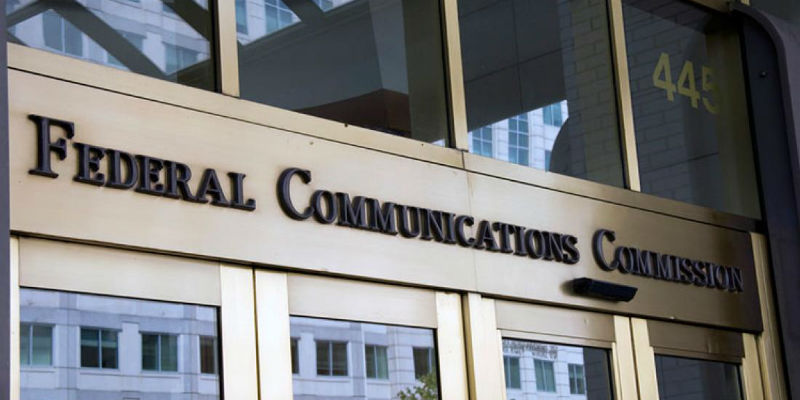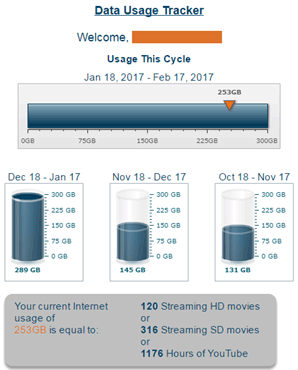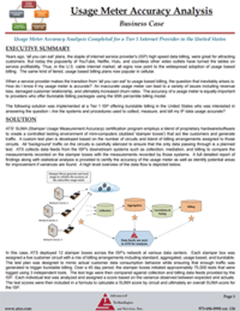States are developing strategies to allocate the funding they receive from the BEAD program, which has a total budget of $42.5 billion to cover some of the costs of deploying broadband in unserved rural areas. However, this is complicated by concerns about the accuracy of the FCC National Broadband Map. Although the federal map will serve as the basis for allocating funds to each state from the BEAD program, states have the liberty to decide whether they wish to use the federal map for dispensing funds to relevant recipients or use other methods that utilize internal data.
The Mapping Dilemma: How Can States Ensure They Get The Best 'Bang For Their Buck'?
Topics: Broadband, BEAD, Broadband Mapping
The Federal Government is Preparing to Funnel Billions to State Broadband Offices
The federal government has been investing big-time into nationwide broadband access for underserved communities. With the passage of the American Rescue Plan Act (ARPA) and the Infrastructure Investment and Jobs Act (IIJA), state governments are beginning to develop plans to connect local communities with high speed, affordable broadband.
Historically, broadband funding has been distributed and managed by federal entities such as the USAC, with programs such as the Connect America Fund, which dispersed funds directly to internet providers. This time, state governments are managing grants and making sure that their local communities have access to high speed and affordable broadband.
Topics: Regulatory, Broadband, connect america fund, State Funding
Changes to Performance Testing Sample Size Approved for 1Q and 2Q 2022
Earlier this month, the NTCA- otherwise known as the Rural Broadband Commission, filed a petition for waiver requesting the Wireline Competition Bureau (Bureau) to extend the aid provided by the previous December 2020 Waiver Order. The Rural Broadband Commission explained in the petition that broadband providers continue to face challenges such as supply chain issues as a direct result of the Covid-19 pandemic.
The main requests of the NCTA were as follows;
- The Commission should continue to allow A-CAM/RBE/Alaska Plan carriers to only pre-test 70% of the USAC-selected sampled locations for the first two quarters of 2022
- Extend the “simple” waiver request for A-CAM/RBE/Alaska Plan carriers
- Extend the pre-testing period for A-CAM/RBE/Alaska Plan carriers
Topics: Broadband, FCC, connect america fund
How to Ensure Success in the Next Phase of Performance Measures Testing
Complying with the USAC’s requirements can be stressful. However, being non-compliant during the pre-testing phase isn’t the end of the world. In fact - it’s part of the process in most providers' deployment journeys.
As we jump into the fourth quarter of ACAM-I pretesting and prepare for the upcoming 2022 official testing, it’s important that providers determine what tactics they used to be successful this past year.
Topics: Telecom Data Analytics, Regulatory, Broadband, FCC, stamper box, connect america fund
The most common issue we run into when beginning work with a new customer, whether they are a telecom or cable company, is gaining access to data records. Call detail records (CDRs) and IP detail record (IPDRs) contain an enormous wealth of information that can be used to drive KPIs and analytics for almost any part of the business including operations, marketing, regulatory, revenue assurance, etc. Unfortunately, we find that that majority of the time these data records are owned by a specific department and gaining access to them can take weeks, months, or in some cases even longer. As a solutions provider, this can obviously be frustrating. But when an internal group has the same issues accessing its own data, it can be downright debilitating and ultimately impact customer experience and revenue.
Topics: Telecom Data Analytics, Big Data, Broadband, ESAP, Cable, Machine Learning
Topics: Usage Based Billing, Usage Meter Accuracy, Broadband, Shentel
Years ago, ‘all you can eat’ plans, the staple of internet service provider’s (ISP) high speed data billing, were great for attracting customers. But today the popularity of YouTube, Netflix, Hulu, and countless other video outlets have turned the tables on service profitability. Thus, in the U.S. cable internet market, all signs now point to the widespread adoption of usage based billing. The same kind of tiered, usage based billing plans that are now popular in cellular.
Topics: Usage Based Billing, Case Study, Usage Meter Accuracy, Broadband
Ensuring Accuracy in Usage Based Billing for Broadband
Interview with Ryan Guthrie by Dan Baker, Contributor to B/OSS
Topics: Usage Based Billing, Usage Meter Accuracy, Broadband

.png)






